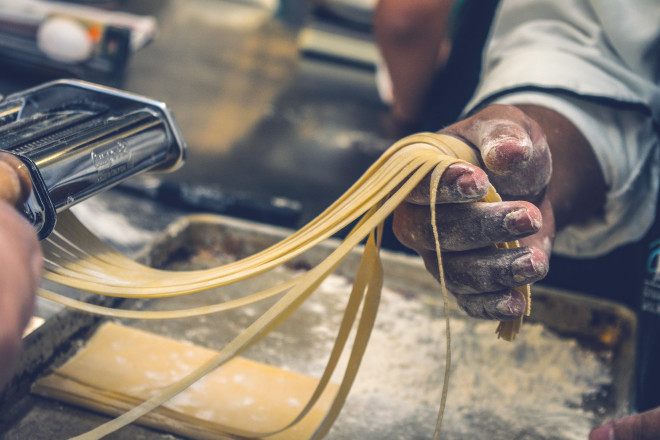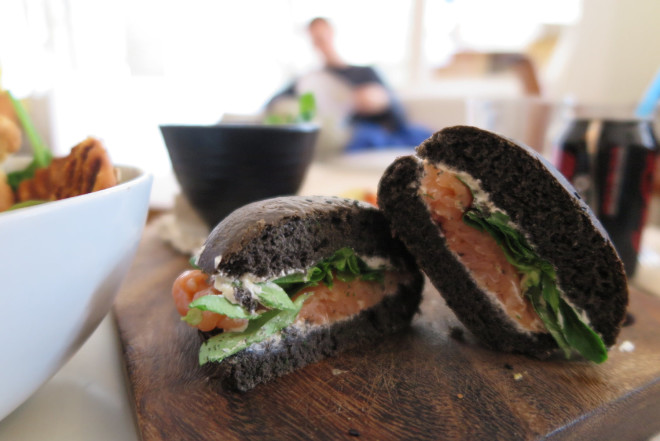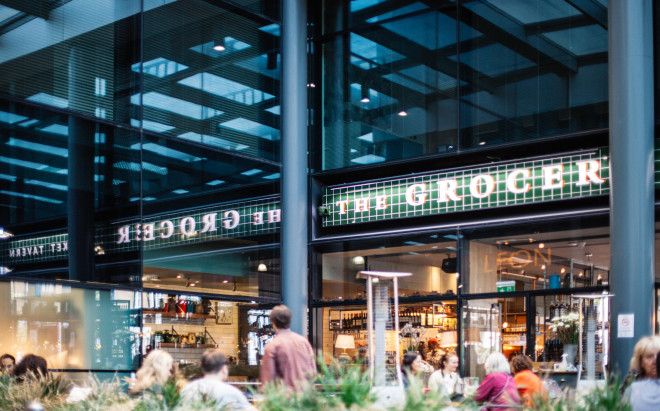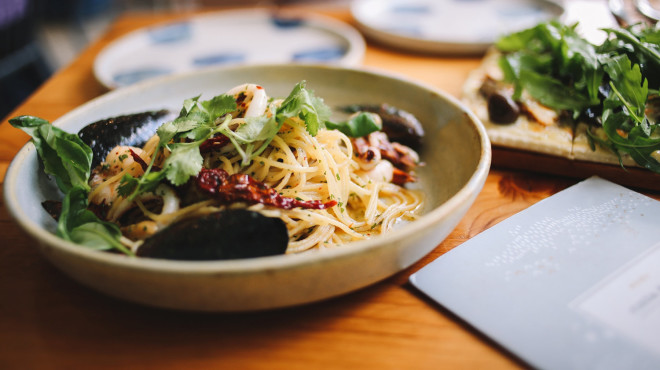
The customer experience is made up of multiple parts.
You probably think about customer service in your restaurant a lot. But, have you ever considered the complete customer experience?
When we talk about the customer experience, we’re talking about the way your customer is treated from everything including:
- The person taking reservations on the phone
- Host/hostess
- Wait staff and table service
- Entertainment
- Engagement of your staff
- Parking
- Waiting area
- Ambiance
- Bathrooms
- Food
- Speed
All of these things add up to a complete customer experience package which in turn determines the rate of your diners’ overall satisfaction.
Customer experience is a sum of all the moving parts in your restaurant. In this article, we look at one of those moving parts. Let’s take a look at 10 menu ideas that could improve your customer experience.
#1: Use Professional Photography
To make your menu as easy to read as possible, use enticing, beautiful, professional photographs of your menu items. (tweet this)
If possible, include photos of most of your dishes. While some restaurants only highlight a few dishes with photos, you’ll improve your customer experience if you include more photos.
This is especially true if your menu includes items people may not be familiar with.
Give your customers a visual presentation of your food before they order. Then, be sure to follow it up accurately in the real dish.
You’ll find that many of your customers are visual decision makers, and they prefer not to read your menu text at all. By providing both, photos and a description, you appeal to visual and textual diners.
Be careful not to clutter your menu, though. White space is good and allows your customers time to think.
Check out this Applebee’s menu. It does photos just right.
#2: Add Fresh Items
Today’s diner, more than ever before, wants access to fresh, sustainable food.
You’ll find that the trend in dining out is to “dine as you would at home,” just at a restaurant. Your customers want fresh, healthy options when dining out as they would if they were eating at home.
Consider adding organic, fresh and healthy options to your menu to improve customer the experience.
If you add these items, be sure and highlight them on your menu and in your online advertising.
Position your restaurant as one that is concerned with providing healthy, organic and fresh options for its customers.
Go one step further, and offer locally-sourced dishes as well. This shows that you not only care about your customer but the broader community at large.
This is a great way to stand out from the competition.
#3: Highlight What You Do Well
When thinking about improving your menu for the customer experience, ask yourself if you have too many items on your menu. Do you need to reduce the clutter?
According to The Balance, the ideal menu offers a balance of unique dishes and old favorites. If you go beyond this, you might think about paring your menu down.
Another restaurant expert says your restaurant menu should only have as many items (and in the proper mix) as the kitchen can efficiently crank out when fully taxed.
Think about eliminating the clutter and remove the menu items you don’t sell. This is especially important if you have a menu that has so many items on it that the text is very small and hard to read.
An overly cluttered menu is not part of a good customer experience.
Keep your classic dishes, your customer favorites and your high profit items and get rid of the rest so you don’t overwhelm your customers.
Having a menu that’s too large is also hard on you as you have to stock too many items that you might end up throwing away.
An easy way to know what to get rid of is to take your sales report and eliminate the bottom half of your items. These are your dishes that don’t sell. Then, take a good look at the top half and make sure you have a nice balance.
A well-balanced, just-right-sized menu provides a better customer experience through the menu’s ease of use and the higher quality of your dishes.
#4: Offer Specials
Your customers are always appreciative of special deals, and you can improve the customer experience by offering them. (tweet this)
Now, we aren’t necessarily talking about discounting your menu.
What we encourage you to do is create a weekly or monthly list of special menu items at special prices. You can insert this into your regular menu and change it out with the seasons.
Use this special menu to push extra-unique dishes and your higher margin items.
This improves the customer experience by keeping your customers enthusiastic and loyal about dining at your restaurant.
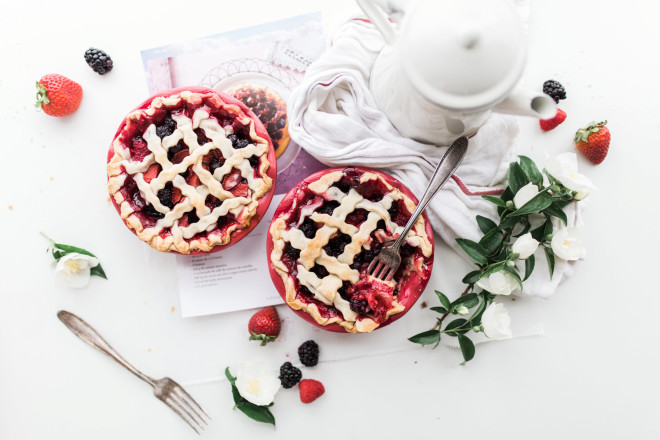
The customer experience can make or break your restaurant.
#5: Write Great Copy
Use your menu item descriptions to improve the customer experience.
For example, would you rather eat a plain hamburger or one made with grass-fed beef from the highlands of South Dakota?
Keep your menu descriptions simple and short, but use them to your advantage to really tell your customers what they’re getting through creative writing.
As with professional photography, consider a professional copywriter.
#6: Fine-Tune Your Pricing
Improve the customer experience by offering fair and competitive pricing.
Make sure your pricing strategy is not only to your advantage, but that it seems reasonable to your customers.
One way to gauge the effectiveness of your pricing is to take a look at your direct competition.
#7: Refresh Your Menu
If you haven’t updated the look of your menu in the last 10 years, this is another way to improve the customer experience through your menu.
No one wants to look at a dirty, torn and outdated menu. And, quite frankly, that doesn’t speak well for the cleanliness of your kitchen.
Improve your brand and have your menu professionally done. This will not only improve the customer experience but your bottom line.
#8: Cater to Special Needs
Gluten-free, vegetarian, vegan, allergy-prone.
There sure are a lot of special needs out there when it comes to dining.
Be flexible with your dishes and consider offering a nice mixture of offerings to meet the needs of your diners and improve the customer experience.
#9: Take a Good Look at Your Customer
Do you know your typical customer? Is it mostly retired people, teenagers or families with children?
By considering your audience, you can tailor your menu to meet their dietary needs.
For example, if families make up your customer base, do you cater to them? Do you have kid-friendly dishes other than the typical chicken fingers?
Or, if you own an upscale restaurant, does your menu reflect that in not only the variety of dishes but the design itself?
#10: Know the Menu
Finally, the last way to improve the customer experience is to train your staff properly. Do they know your menu backwards and forwards?
Your diners will have a poor experience if your wait staff can’t answer questions without plowing through the menu themselves.
They should be well-versed in the entire menu as well as any specials.
To Conclude
When it comes to improving your customer experience, take a long hard at your restaurant from the perspective of your customer.
You might even “mystery-shop” every aspect of your restaurant so you have a true understanding of the customer’s experience.
Improve the customer experience by fine-tuning your menu as well as every aspect of your customer service, and your restaurant will stay miles ahead of the competition.
Do you have a dynamic menu on your website? At Restaurant Engine, we build responsive, mobile-friendly restaurant websites that incorporate menus that intrigue and tantalize your customers.
Contact us today for your free website consultation. We’d are here to help you stand out in the crowd and stay ahead of your competition with your restaurant website.
Images: Carisa Gan and Brooke Lark




